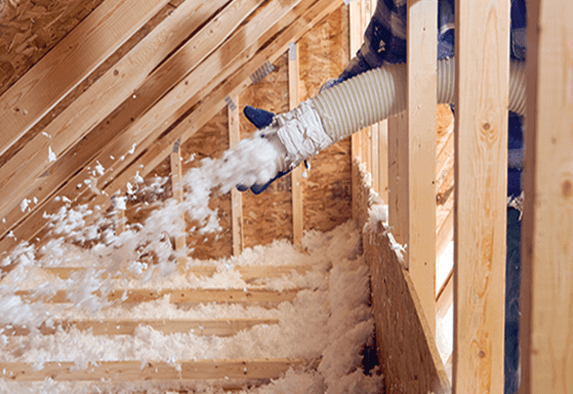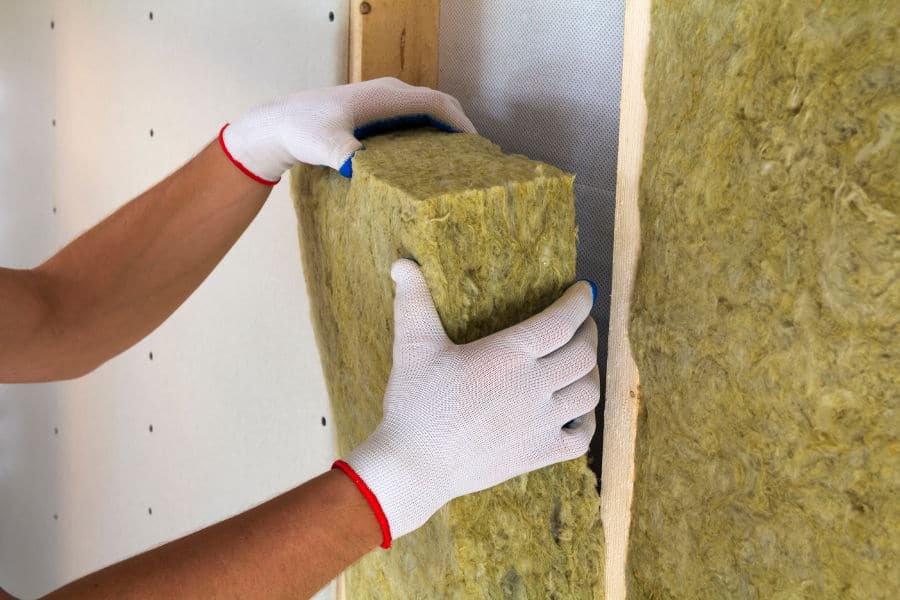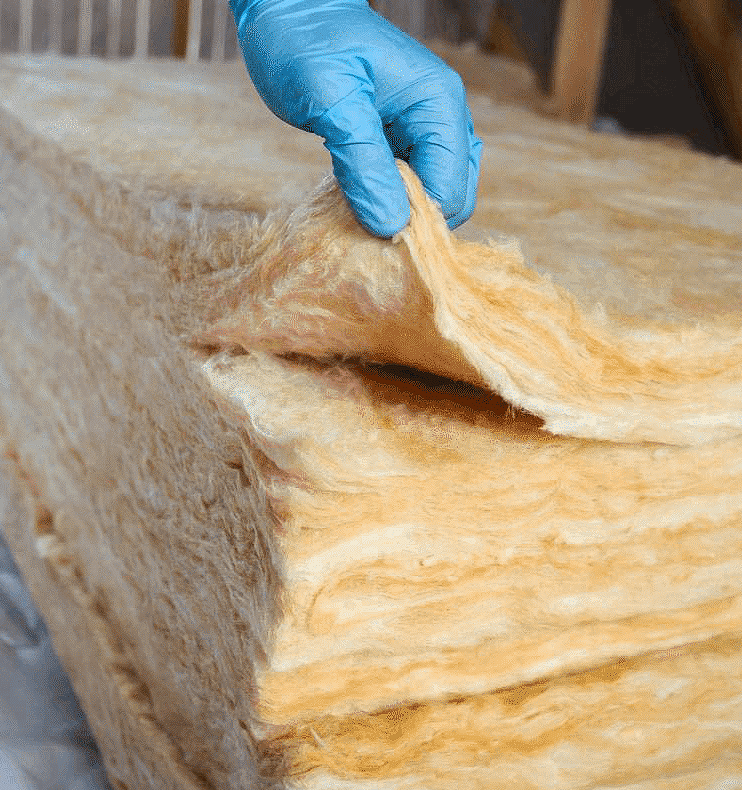- Home
- Blown-In Insulation
Blown-In Insulation
BLOWN-IN INSULATION
The purpose of any insulation method, whether you live in a warm, cold, or temperate climate, is to ensure that your heating and cooling system is able to function at its highest capacity.
As you already know there are pros and cons to each type of insulation, and the choice you make can depend on the construction and age of your home, your lifestyle, and your HVAC system among other factors. Here at Performance Energy, we believe the most important step to choosing a method is knowing the difference.

BLOWN-IN INSULATION - THE IDEAL CHOICE?
Because it can be installed without tearing down walls, this method is great for existing homes that need additional insulation. This is because blown-in insulation works a little bit like the stuffing machines at Build-a-Bear Workshop; the material can be installed through a single opening between existing wall studs and ceiling joists.
The major benefits to this type of insulation, as its name suggests, come from the way it’s installed.
- Because this kind of insulation consists of scraps or pieces of insulation that are blown in on top of one another to fill space, they give a much more complete, uniform coverage than some other methods. The scraps will even settle into open space and fill holes that would otherwise cause issues.
- It does a great deal of work in keeping problem drafty areas from arising. This makes it great for filling in tight spaces, so if you have some cold-spot concerns in your attic, this is an option to supplement batt and roll.
- It is also the best way to add a bit of soundproofing to your home. This can be amazing if you live on or are moving to a busy street or have young children that you want to keep asleep during naps. It creates a natural sound barrier because of its density and volume and makes it more difficult for sound waves to travel.
Overall, it’s a quick and easy process with many advantages. Before moving forward, you need to know what material type you would want to use. There are three major ones: The insulation can be made up of either loose-fill fiberglass, cellulose, or rock wool.
LOOSE-FILL FIBERGLASS
Loose-fill fiberglass is a lightweight insulation material and will be the most cost-effective choice. The material is made from glass, which is heated at extreme temperatures until the glass becomes liquid.
Once at that stage, it can be spun into thread-like fibers similar to how cotton candy is made. This makes it airy, but also allows it to cover a lot of space with a little material


CELLULOSE INSULATION
Cellulose insulation is the best option for those who are looking to build or renovate green. Cellulose is the customary material you’ll see if you’re shopping for blown-in insulation because it’s easy to make. The filling is just shredded cardboard and newspaper that’s been treated to resist fire and mold so it can sit in walls undisturbed for as long as possible.
It does have a higher average thermal value than fiberglass, meaning you would need to purchase a bit less of it, however, adjusting price differences for volume requirement still put cellulose being the slightly more expensive stuff. This is likely due to the two-part process of production, but the price is often worth it to homeowners looking to reduce their carbon footprint. Many manufacturers even produce it with sustainability in mind.
ROCKL WOOL
Finally, mineral wool is the third pick available for blown-in insulation. It’s often referred to as rock wool, and it gets its name from both the way it’s made and the resulting appearance. Furnace slag is a granular material produced during the manufacture of steel as a by-product of iron and iron ore firing. While it’s typically used as aggregate in concrete and cement, when combined with additional substances and heated, it can be spun into fibers much like glass. These more closely resemble wool, hence the name. Cellulose and fiberglass are close in price, but rock wool far surpasses them both. It’s a construction-grade material that should be used in specialized areas where fire is a high-risk factor because it’s the least flammable.

PLEASE FEEL FREE TO CONTACT US WITH ANY QUESTIONS
Perhaps the most versatile aspect of blown-in insulation is the variety in sourcing.
With the exception of rock wool, both cellulose and fiberglass are typically available at most lumberyards and home-improvement stores, so you have the opportunity to really shop around and get the best price and product for your project.